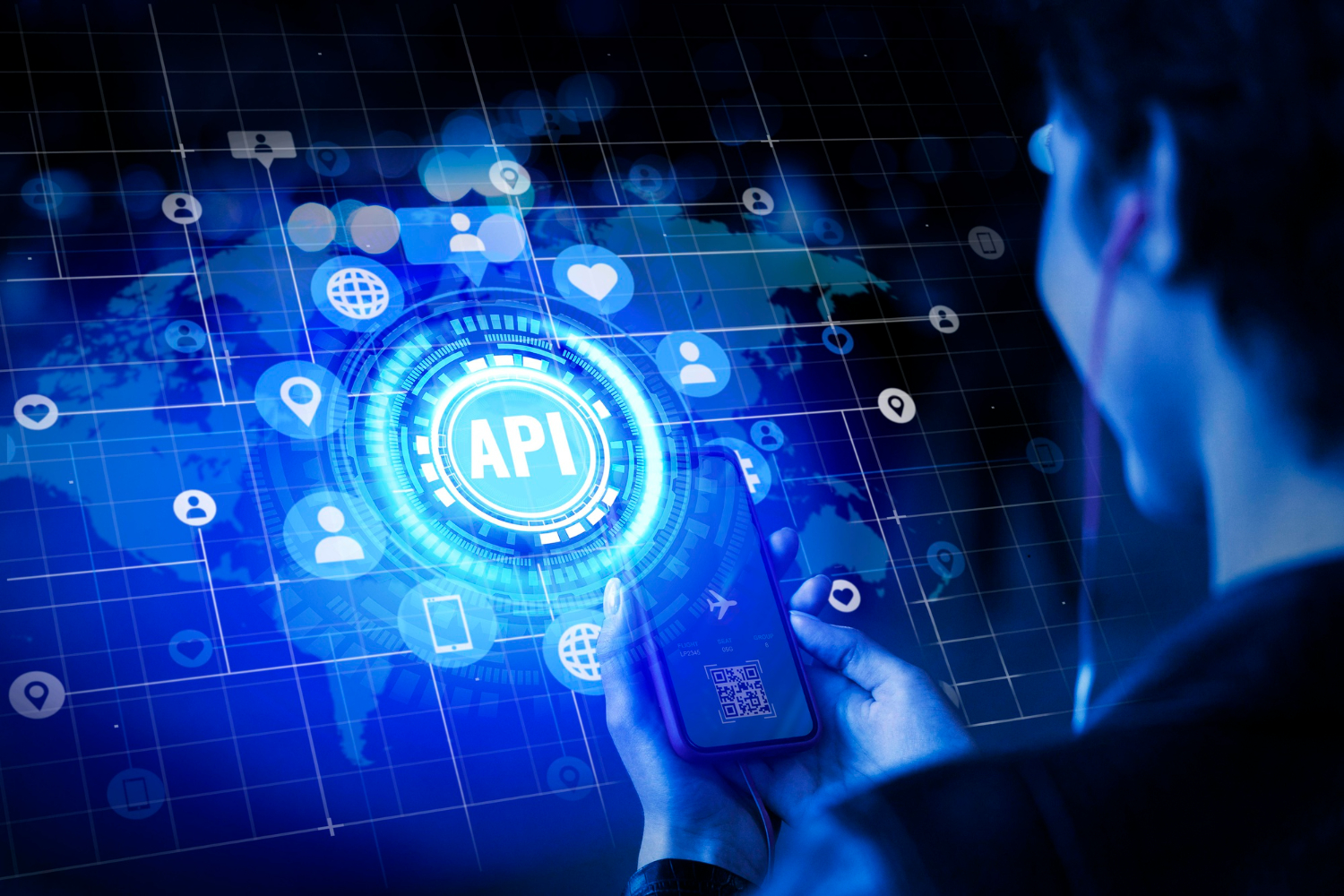As technology continues to evolve, the world is generating an overwhelming amount of data. This data can be analyzed and utilized to solve real-world problems. However, analyzing data can be time-consuming and requires expertise. Luckily, with the help of open data APIs, it’s easier than ever to access and analyze data. In this article, we’ll explore how you can use open data APIs for your projects.
Benefits of Using Open Data APIs for Your Projects:
- Access to vast amounts of data: Open data APIs provide access to vast amounts of data from various sources. This allows you to use data that would otherwise be difficult to obtain or require extensive research.
- Cost-effective: Many open data APIs are free or have low-cost options, making them a cost-effective option for data analysis.
- Real-time data: Open data APIs provide access to real-time data, allowing you to analyze data as it is generated.
- Better decision-making: Analyzing data using open data APIs can lead to better decision-making by providing insights into trends and patterns.
Best Practices for Using Open Data APIs for Your Projects:
- Choose the right API: Choose an API that provides data relevant to your project. Make sure to read the documentation and understand the API’s limitations and data structure.
- Authenticate your requests: Many APIs require authentication to access data. Make sure to authenticate your requests to avoid being blocked or rate-limited.
- Handle errors: APIs can return errors. Make sure to handle errors in your code to avoid data loss or incorrect analysis.
- Respect data usage policies: Some APIs have limitations on data usage, such as rate limits or quotas. Make sure to respect these policies to avoid being blocked or banned from using the API.
Tools for Using Open Data APIs for Your Projects:
- Postman: Postman is an API development and testing platform that can help you send requests to APIs, test responses, and debug code.
- Python Requests Library: The Python Requests Library is a popular library for sending HTTP requests and handling responses. It can be used to access data from APIs and process responses.
- RapidAPI: RapidAPI is a marketplace for APIs that provides a unified API interface for accessing multiple APIs. It allows you to easily search, test, and integrate APIs into your project.
FAQs
Conclusion
Using open data APIs for your projects can provide access to vast amounts of data, real-time data, and cost-effective solutions. By following best practices and using the right tools, you can easily access and analyze data for your project. Whether you’re building an application or solving a real-world problem, open data APIs are a powerful tool that can help you achieve your goals.


